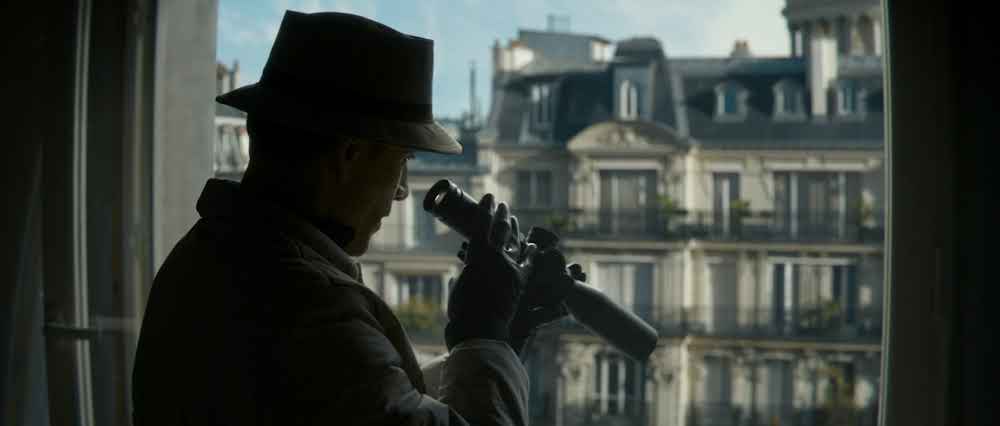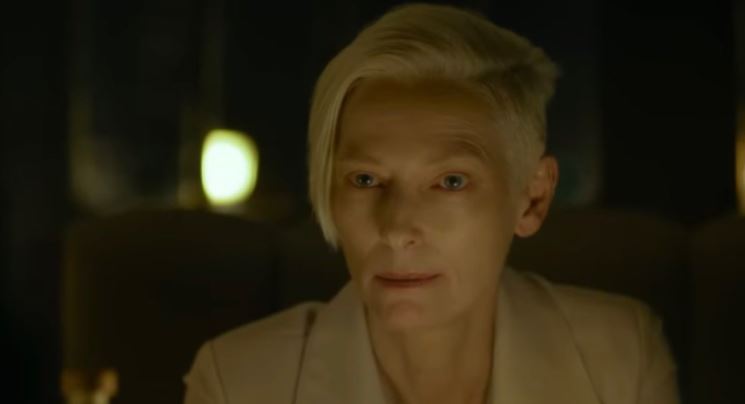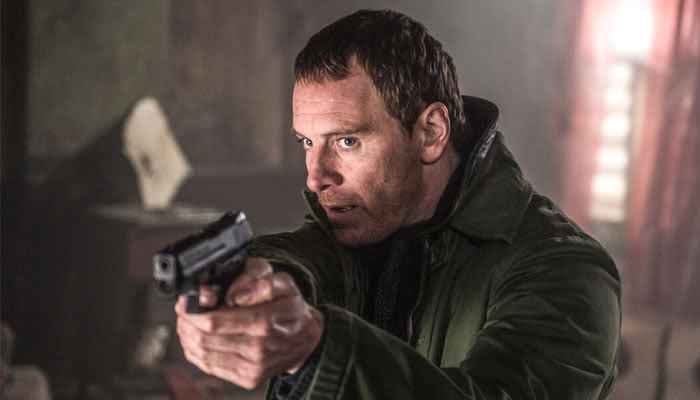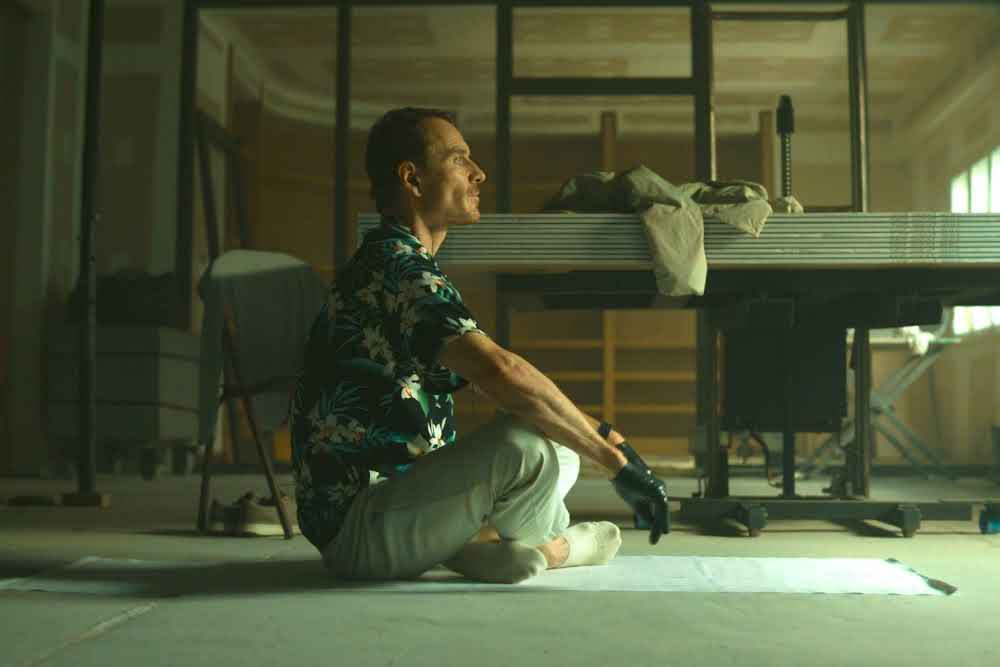David Fincher is in that rarefied air of directors like Christopher Nolan and Quentin Tarantino, where the mere prospect of a new film is an event that whets the appetites and tingles the spines of cinephiles. We expect big things on big canvases and technical marvels galore. Fincher did not stray from this template in his first partnership with Netflix, the Herman J. Mankiewicz biopic Mank, which took on no less than the writing of the greatest film of all time. With The Killer, though, the director’s ambitions shrink to the small-screen presentation size of the streaming giant. It effectively takes place inside the head of its title character.
On the surface, you wouldn’t necessarily conclude this reduction in scope from a film comprised of six chapters that take place in six different parts of the world. Michael Fassbender’s unnamed central character has the travel itinerary of James Bond as he works his way through this narrative. The narrative itself, though, is small potatoes. We’ve seen procedurals told from the perspective of assassins, and Fincher puts a fine point on this approach by having his killer, who provides voiceover throughout, repeatedly recite the rules necessary to staying on top of his game. Many of these are rote, but among the more interesting is “Empathy is weakness, and weakness is vulnerability.” If only Fincher really cared about making this the theme of his film.
Based on a French graphic novel, The Killer begins with its most interesting passage. Actually, it truly begins with one of Fincher’s renowned opening credits sequences, which rushes by in a flurry of names just after the Netflix logo has receded from the screen, the score by long-time collaborators Trent Reznor and Atticus Ross matching intensity. In a beguiling change of pace, we are then inserted into a lengthy stakeout across from a Paris mansion, where the killer is biding his time for what he calls an “Annie Oakley job” – that being the famous sharpshooter from the musical Annie Get Your Gun.
It shouldn’t work that the film takes 20 minutes to establish the killer’s routines – exercise, listening to Morrissey, trying to prevent boredom from breaking his focus – before finally giving us something to sink our teeth into. But this pace is what situates us to potentially be receiving something new in this well-worn genre. When the killer does finally get that ideal moment to take his shot, he botches it – putting us in mind of another film where we see a failure before we see a success, Inception. (Speaking of Christopher Nolan.)
This actually works as a driver of what comes next … except that what comes next doesn’t totally work. As we know from consuming numerous allegedly authoritative films on the hidden world of assassins, a botched job marks the assassin himself as the next to be eliminated. That the killer’s next move is to track down the people who are now tracking him … well, that’s when this film starts to resemble a dozen other assassin films you forgot the moment you left the cinema. (The Killer is playing in cinemas for a couple weeks before its November 10th Netflix debut.)
Fincher knows there is something inherently interesting about watching a fleeing killer dispose of the different parts of his gun in far-flung spots around the city, before shaving and changing clothes, then taking two consecutive international flights using two different fake passports. (A running joke, which gets old after about the second incarnation, is that these assumed identities are the names of famous sitcom characters: Felix Under, Archie Bunker, Sam Malone. Fincher is gingerly dipping his toe into humour here, but not enough to make an impression.) This inherently interesting thing is not something being introduced to us by Fincher. Even with a captivating actor like Michael Fassbender going through these motions, they are motions we have absorbed before.
Fincher is undoubtedly a victim of the high bar he sets for himself. When he has failed – if he has failed, in your eyes – it’s never been for lack of effort. Mank, a best picture nominee, left some people cold, but there was no doubting he’d made a film of extraordinary aspiration. The Killer perhaps should not be compared to that because it’s not the sort of film that gets Oscar nominations. Nor need it be. It does need to impress us with a reason that such an acclaimed director wanted to make it. The Killer’s scope is more that of a different sort of acclaimed director, Steven Soderbergh, whose larger output excuses whatever idiosyncratic dalliances he wants to make.
Perhaps The Girl With the Dragon Tattoo is a more fitting point of contrast within Fincher’s career. One can argue the success of that film, but one never wonders why Fincher felt his skills would be challenged by the material. There is a grandiosity to the production design of that film, one that achieves an eerie frigidity due to its placement within an unrelenting Swedish winter, and an immediacy emanating from its violence, gore and dark themes. Even with some of those latter elements present in The Killer, it’s hard to find within The Killer what made Fincher say “Yes, this should be my next film.”
Lest we forget, Fincher is also the director who famously said “People will say ‘there are a million ways to shoot a scene,’ but I don’t think so. I think there are two, maybe. And the other one is wrong.” That is also a high bar to set for yourself. The director has had these moments in his movies, though – camera movements that overwhelm you with their exact appropriateness for the scene, thereby allowing him to back up his words. Alas, no moments in The Killer rise to that level.
Netflix is supposed to supply a director the creative freedom to make the film he or she wants, and since Fincher started eyeballing this adaptation as long ago as 2007, there’s no doubt of his commitment to something intangible he wanted to excavate from this material. And it seems like this might have been that vulnerability he mentions earlier, as there is a component to this story where the killer deviates from his rules for personal considerations that could loosely be described as “empathy.” More often, though, that theme is lost in the standard point A to point B to point C machinations of the story. And given that Netflix has been lousy with stories of assassins that are far less interesting than this one, somewhere along that way it seems like Fincher started making the film Netflix wanted rather than the film he wanted.
Maybe in 2007, The Killer would have struck us as a story that needed to be told, that hadn’t yet been told. Two thousand seven was also the year Fincher made Zodiac, and in quick succession he followed with The Curious Case of Benjamin Button, The Social Network and The Girl With the Dragon Tattoo, before slowing his pace with Gone Girl and finally Mank. If life is what happens while you are making other plans, Fincher had a career that was the envy of any other working director, all while this comparatively banal film was kicking around inside his head.
If a review of what is essentially a good movie focuses unduly on complaints, it’s only because of that high bar Fincher has set for himself, that career of raising our expectations and then fully delivering on them. He’ll be able to make good movies in his sleep until he hangs up his bullhorn and clapper board, but not every good movie he makes is worthy of him.
The Killer is currently playing in cinemas and debuts on Netflix November 10th.




